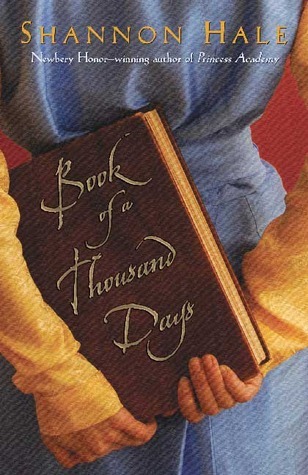Module 10: My Mom’s having a Baby
Summary:
The story follows Elizabeth through the nine months prior to
her new sibling being born. For each month, Elizabeth tells the reader about
how the baby has grown so far which are the changes she cannot see and the
changes in her mother which are the changes that she can see. Elizabeth and her
mother talk about how her baby sibling got to be inside her mother. With simple
diagrams, explanations, and pictures, the basics of sex and egg fertilization
are introduced to children so that they can understand how babies are created
and born. Elizabeth continues describing the growth of the baby through the
time leading up to her mother going to labor. The water breaking, contractions,
and labor are explained as well. The story ends up with the birth of her new
baby brother.
APA Reference of Book:
Butler, D. H. (2005). My
mom’s having a baby! Morton Grove, IL: Albert Whitman & Company.
Impressions:
It is not obvious at first why this book is frequently
censored and or challenged. It seems to be just a picture book about Elizabeth
awaiting the birth of a new sibling and documenting the month to month changes
in the baby and her mother. However, when Elizabeth asks her mother how the
baby got to be in her belly, her mother doesn’t mention anything about a stork
and instead tells her daughter the truth. Complete with simple pictures and
diagrams, Elizabeth learns about sex and how an egg is fertilized. I can see
why this would make many parents uncomfortable as many people attempt to delay
talking with their children about sex until adolescence, if they even have such
a talk at all. I think this book is a great addition to a collection and would
be a great resource for parents with a child who has questions about the
process. While it may be uncomfortable and some children seem “too young”, if
they are old enough to ask thoughtful questions, they should be able to receive
a reasonable answer. It’s only when people make a big deal about a subject that
it becomes a big deal for a child. If explained in a simple, factual manner,
it’s something that will satisfy their curiosity about the changes that will be
occurring with their mother and their family. It is something that a child
wants to and should be able to understand if they are old enough to ask
questions about it.
Aside from the controversial parts, the book is a great
chronicle of the month to month changes in the baby and the mother. Each month,
Elizabeth explains how the baby has grown and relates the size of the baby to
something like her finger or foot. This really helps children understand just
how big the baby is and how much it is growing. Parents could use the book just
for the great explanations and drawings of the nine months and skip the
explanation of sex and fertilization if they wanted. The illustrator does a
great job with pictures that provide enough details yet are simple enough that
children can understand the basics of what is being shown and explained. I hope
that parents will use this book to give a child that can understand an
explanation of what is happening. They may not understand or remember every
detail, but introducing the process simply and without trying to cover up, the
child won’t worry that some part of the process is scary or going to bring
about unhappy changes.
Professional Review:
With
unwavering exuberance, young Elizabeth takes readers month-by-month through her
mom’s pregnancy, tracking her prospective sibling’s size from September’s “only
as big as my bottom front tooth,” through February’s “as big as my stuffed
rabbit,” and on to May’s delivery. Unusually for treatments of this topic,
Elizabeth is very specific—about not only the baby’s physical development and
Mom’s anatomy, but also about just how Dad’s sperm came to meet Mom’s egg.
Thompson follows suit in cartoon-style watercolors, placing Mom and Dad under
covers but interspersing views of the smiling family with lots of labeled
inside views and enlargements. Confusingly, Elizabeth refers to the fetus as
“he” throughout, even while relating how her parents are opting to wait to find
out the baby’s sex—but for children seeking hard facts on the whole business,
this makes a good alternative to the likes of Kes Gray’s Baby On Board! (2004),
illustrated by Sarah Nayler, or Laurel Molk’s lyrical but oblique When You Were
Just a Heartbeat (2004). (Picture book/nonfiction. 6-8)
My
Mom’s having a Baby! (2010). [Review of the book My mom’s having a baby! by D. H. Butler]. Kirkus Reviews. Retrieved from: http://www.kirkusreviews.com
Library Uses:
Include in a display of books introducing children to the
idea that there will be a new baby in the family or that they are getting a
sibling.



